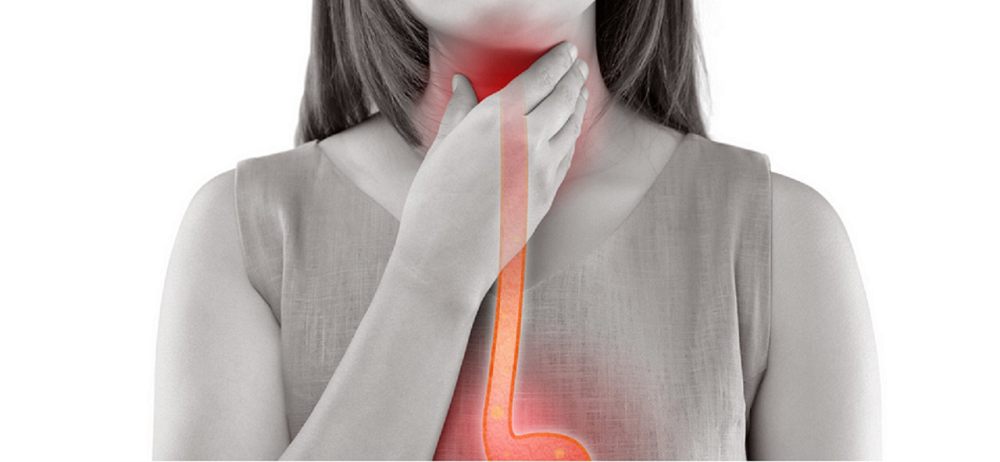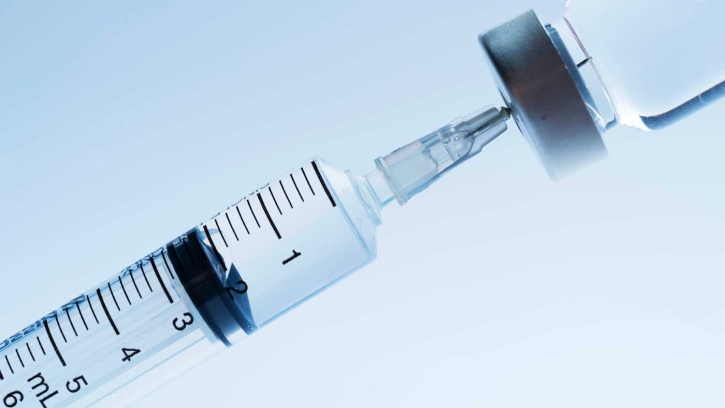Experiencing mobility issues or a debilitating disease that leaves you or a loved bed-limited can be extremely challenging and exhausting. Add on top of that a bedsore (or pressure ulcer) and you have a recipe for trouble. What is a bedsore exactly? When a person spends most of their waking hours lying in a bed or reclined in a chair, for example, the lack of movement and repositioning can result in tissue and skin breakdown from bones pressing on the same area over an extended amount of time. For some, this may happen on the tailbone, for others on the heels of the feet or shoulder blades, and still for others on the elbows, ankle, and even the hips.

Left untreated, bedsores can progress from simple reddish discolorations on the skin to full-fledged open wounds that lead to infection and hospitalization. If you or someone you care for is showing signs of a pressure ulcer, contact a doctor right away. They can hook you up with wound care specialists and home health nurses who can come treat and dress the pressure ulcer, as well as educate caregivers and family members about wound care and preventing future sores.
A doctor, wound care specialist, or home health nurse may also recommend these tips and tools for treating and preventing pressure ulcers:
Specialty Mattress
A specialty mattress for someone with a pressure ulcer aims to redistribute weight and offset some of the pressure that can cause tissue breakdown on a person who is laying down most of the day. While medical facilities like hospitals and nursing homes have a regular bed sore prevention strategies and access to specialty mattresses, a person living in their home may not.
A thick memory foam topper (at least 3 to 4 inches deep that sits on top of an existing mattress) can be bought in a bed/bedding store or online and does a better job of distributing weight than a simple foam, gel, or spring mattress. An alternating pressure mattress is another option for providing relief from bedsores, offering a comfortable surface of heat sealed air bubbles that alternate weight disbursement and support with an electric pump.
Barrier Creams
Barrier creams include creams, gels, and ointments that are applied to the surface of a bed sore which help keep contaminants and moisture out which can negatively affect the skin. Especially for people with pressure ulcers on their tailbones, bottom, or hips who are incontinent, barrier creams help keep waste off the affected area and prevent healed bedsores from re-opening.
You can find barrier creams online – like Corona Cream, Medihoney, or the more basic zinc-oxide-based Extra Protective Cream (EPC) – or you can ask your home health nurse or doctor for free samples and supplies. Barrier creams should only be applied after the area is cleaned and dried, and should not be spread onto open wounds or sores without direction. They serve more for the Stage 1 bedsore or pre-bedsore area to protect against maceration.
Wound Dressings
With the assistance of a wound specialist or home health nurse, wound dressings can be applied to open bedsores (Stage 2 – 4) to cover, protect, and pad the area of breakdown. Wound dressings might be made of self-adherent soft silicone (like Mepilex), hydrophilic foam (like HydraFoam), alginate materials (algae-based fibers with calcium, sodium or silver to expedite healing), or even more basic gauze (like McKesson Island Dressing).
Wound dressings should always be kept in their sterile packaging until use and applied only after the affected area is cleaned and dried. Wound dressings should cover the entire area but only adhere to the outer border so as to not pull on the broken-down skin when removed.
Alternated Positioning
Perhaps the most important bedsore practice that makes all the barrier creams and dressings effective is to alternate positions so no one part of the body is left in the same place for more than 2 hours. While specialty mattresses help, alternating positions may also be as simple as propping one or two pillows under one side of your loved one’s body so they are slightly shifted off of the boniest points.
Surprisingly, heels of the feet can quickly develop open sores from simply rubbing on the bed over time. Experts recommend “floating the heels” for people who spend a significant amount of time lying down or reclining. This involves just propping the feet up with a pillow or rolled up blanket so the heels float in the air.
The bad news? Without vigilant attention and treatment, bedsores can quickly spiral out of control and result in serious health issues.
The good news? Recognizing the signs, seeking immediate treatment, and taking preventative measures can have had incredible results that keep you and your loved one bedsore-free, no matter the situation.



Leave a Reply